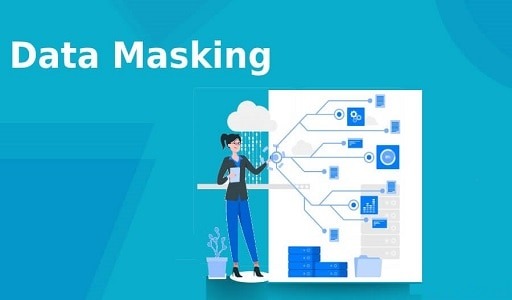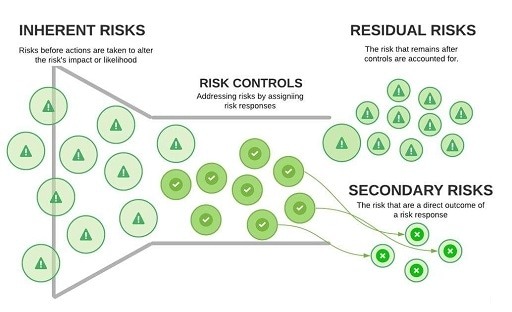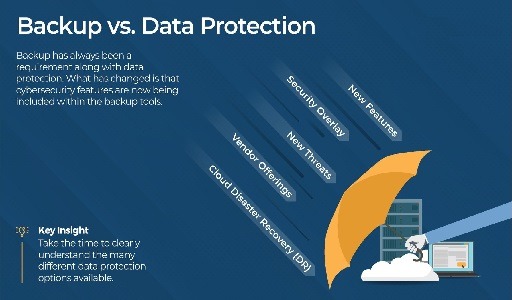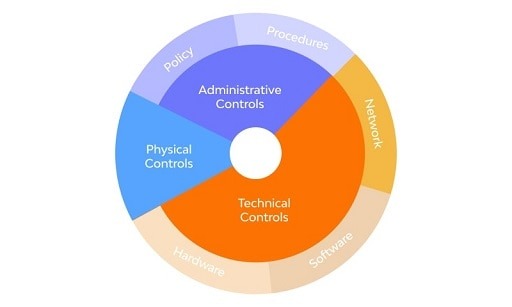DevOps is no longer a buzzword as far as software development methodology is concerned; it’s causing disruption in the way businesses are being conducted. Be it SMBs or enterprises, everyone is reaping benefits from its adoption.
DevOps solutions help organizations automate and smoothen their software development and delivery process. This in turn generates increased efficiency, productivity, and better quality of the software product. In just a few years, it has transformed the outlook of software development.
MarketsandMarkets, therefore, reports that the DevOps market size is expected to grow from $2.90 billion in 2017 to $10.31 billion by 2023, at a CAGR of 24.7%. This growth might be attributed to the rising need for agility, efficiency, and quality in software development.
There’s no denying that DevOps is going to further change the fortunes of businesses for many years. Let’s go deep to know more about the trends related to DevOps.

Six DevOps trends that will shape the future of businesses in 2025
With this notion of moving forward with the times, here are six DevOps trends that will shape businesses in 2023:
1. Serverless computing
There’s no getting away from it: serverless computing is here, and it’s on the rise. More often, custom software development companies are embracing this cloud-based architecture to build and deploy applications. And it’s easy to see why. Serverless computing can help you save time and money and scale your operations more easily so that you can focus on your core business.
It offers a number of advantages to custom software development companies. First, it is much easier and faster to set up a serverless environment than a traditional one. This allows you to get your applications up and running without investment in hardware or infrastructure.
Secondly, serverless computing is highly scalable. Additional resources can be provisioned automatically without having to navigate a long approval process. Finally, serverless computing frees the user from having to worry about routine maintenance tasks like patching and backups.
You may also like: DevOps and AI: 12 Ways AI is Transforming DevOps
2. Artificial intelligence and machine learning
One of the most key principles of DevOps is “automation.” That’s where ML and AI come in. Basically, this is about automating those tasks that take so much of your manual time, like provisioning, monitoring, and deployments, freeing your team to spend their time somewhere else. This kind of automation can help in enhancing overall efficiency for your organization.
ML and AI also help predict problems before they occur. In this case, this could be done through data analysis, looking out for patterns that could denote a potential problem. This way, one can resolve the problems before they lead to downtime or affect your users adversely.
In short, ML and AI are the future of DevOps since they automate tasks, streamline processes, and help predict problems before they happen. If you want to stay ahead of the curve, these technologies are what need to start becoming a part of your DevOps workflow.
3. Cloud-native technology
Cloud-native technology embraces the likes of microservices and containers among other modern technologies. Traditional on-premise deployment will involve installation on physical servers, and users will access the software over the network.
In the cloud-native environment, though, the software is distributed across virtual containers sitting on different physical servers. These include advantages such as increased scalability and flexibility, cost reductions, and improved security. As more organizations move towards the cloud, their concepts may make cloud-native technology the standard for DevOps.
Netflix is one of the largest promoters of cloud-native applications. The company has built its entire business on the cloud and, in the process, developed a number of open-source tools to help other organizations do the same. One of those tools is called Spinnaker – a continuous delivery platform for releasing software quickly and safely.
4. Microservices architecture
Microservices architecture is increasingly becoming the norm in DevOps. Quite understandably so, since code changes are confined to the component level and are thus much easier to handle. What this means also is that code updates can now be more frequent with reduced risks.
Also, the microservices are highly scalable, reaching an ideal concept for applications that deal with a high volume of traffic. Finally, microservices can sustain a greater degree of flexibility in terms of how the DevOps teams are organized. With all these advantages, no doubt it is that microservices are going to be the future of DevOps.
Amazon deploys microservices to automate many of the operational processes and manages the huge network of the server.
You may also like: AutoIntelli AIOps Platform to Automate IT Infrastructure and Solve Complex IT Problems
5. Rise of DevSecOps
With DevOps on the rise, several challenges have risen where organizations are trying to secure their environments against sophisticated attacks. This is where DevSecOps tries to solve these challenges by bringing security teams into the game and helping to ensure that security is baked in at the outset.
That’s what DevSecOps is going to enable in the future-to deliver software faster than ever, with even more security. It will also raise the level of collaboration between businesses and security professionals for better adherence to security practices.
Because of this, the adoption of DevSecOps will be highly essential for any organization that desires to be at the helm of affairs in this fast-changing world of software development.
A recent example of companies making use of DevSecOps includes Facebook. Facebook has implanted a number of its security features within the software development process. This, in return, has reduced the number of security vulnerabilities for the company.
6. IoT and edge computing
The IoT is the network of physical objects, such as devices, vehicles, and home appliances embedded with sensors, electronics, connectivity, and quality, enabling these objects to collect and exchange data.
In edge computing, processing is done near the source or at the source of data. In contrast, other types of computing depend on a central transmission of the data for processing. Edge computing is also highly suitable for applications in IoTs since it reduces latency and enhances performance.
IoT and edge computing are two of the most important trends in DevOps. IoT devices generate a lot of data that needs processing as quickly as possible, which in turn makes edge computing indispensable for any IoT solution. Additionally, IoT is driving automation in DevOps since organizations attempt to manage the rising complexity of their environments.
You may also like: Role Of Neural Networks In Artificial Intelligence
Wrapping up
The future of DevOps is likely to be defined by a number of trends, including the move to the cloud, the rise of microservices, the rise of DevSecOps, and the growth of IoT and edge computing. Each of these trends is driving the need for more automation in DevOps as organizations attempt to manage the increased complexity of their environments.
As a result, the future of DevOps is likely to be very exciting, with new tools and technologies emerging to help organizations deliver software faster and more securely than ever before.
Would you like to read more about the future of DevOps-related articles? If so, we invite you to take a look at our other tech topics before you leave!
![]()












